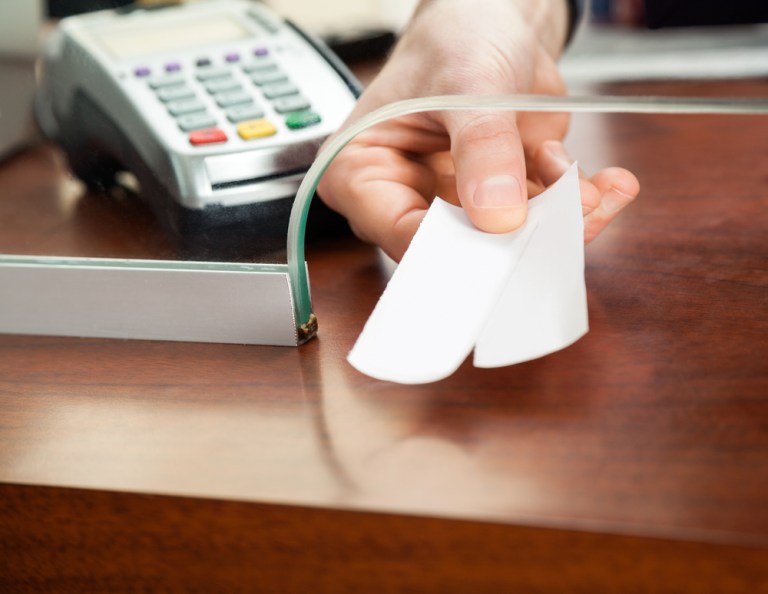
Travel involves more than visits to monumental skyscrapers or historical sites: Around the world, there are small businesses running attractions and tours. These companies might offer interesting experiences that consumers want to enjoy, but they also need to attract travelers. As a result, these companies work with resellers.
“They start distributing their products through online travel agencies [OTAs],” Redeam Co-founder and VP of Product Alex Kremer told PYMNTS.com in an interview.
But the interaction between those OTAs and businesses is not seamless, as they are not electronically connected. Have a hotel? That’s easy; existing technology does a pretty good job at hooking you in. If you’re running a food tour, however, that’s a whole different story. To bridge this gap, platforms such as Redeam seek to replace the paper ticket with an electronic voucher.
Paper tickets are not only low-tech in a technology-enabled world: They also present a hassle for attractions and tour operators. These companies can collect thousands of tickets from each of their travel partners to bill them. As one can imagine, “it’s just overall a big nightmare,” Kremer said. Pieces of paper come with intrinsic disadvantages: They can get lost, wrinkled or spilled on. In any of those cases, the tickets can simply become unreadable. And even if everything goes well, this system presents a challenge, as tour operators and attractions are required to count paper tickets in order to send invoices to their channel partners. Altogether, those invoices might be for hundreds of thousands of passengers.
Platforms like Redeam seek to put a new spin on this old, cumbersome technique. “We essentially digitize that entire process,” Kremer said.
A Digital Alternative
In order to facilitate digital tickets, Redeam seeks to connect the ticket or reservation system directly with channel partners through an application programming interface (API). In addition, such platforms enable attractions to invoice their third-party partners to ensure that companies aren’t buried in paper. A single API connection covers each attraction. And as the company notes, attractions that don’t have a ticketing or electronic reservation system can use a redemption system supplied by Redeam.
Companies like Redeam have carved out their niche in attractions and tours – they don’t do sporting or events, as other platforms have already solved the paper ticket problem for those industries. Tours and attractions are interesting because they are more fragmented and less technologically advanced in the way they do business. As a result, “it’s up to an independent player like us to really wire up the space and ensure that travelers have a modern customer experience,” Kremer noted.
Beyond tours and attractions, companies like Redeam are also focusing on airport transfers. As with tours and attractions, OTAs are not hooked into airport transfer software. Since these sites might not collect information such as a traveler’s destination after the airport, customers may have to call a number to set up a ride. “They’ve essentially sold you a piece of paper, but you, as a traveler, have to do all the work to arrange a transfer,” Kremer said.
Experiences and Boarding Passes
OTAs aren’t alone in the tour booking business, however: Airbnb, for example, has rolled out “experiences.” And executives like Kremer don’t see it as a bad thing: As a business-to-business (B2B) technology provider, Kremer sees it as a positive that companies are promoting experiences, as such opportunities allow small businesses to grow. Providers that might find success on Airbnb, for example, might decide to work with other platforms – OTAs – and need technology to help them work with those sites. That’s where companies such as Redeam enter the picture – to help make the connection.
In the future, companies like Redeam are interested in reinventing airline disruption vouchers. The idea is that flights get canceled and consumers have to wait in line to pick up meal vouchers. But that process, too, can be digitized, and could turn an existing boarding pass into a meal voucher. And, in turn, that customer could take a meal voucher to a quick-service restaurant (QSR) or eatery in the restaurant and simply scan that voucher, showing that there are still many opportunities to streamline and digitize vouchers and tickets across multiple verticals.